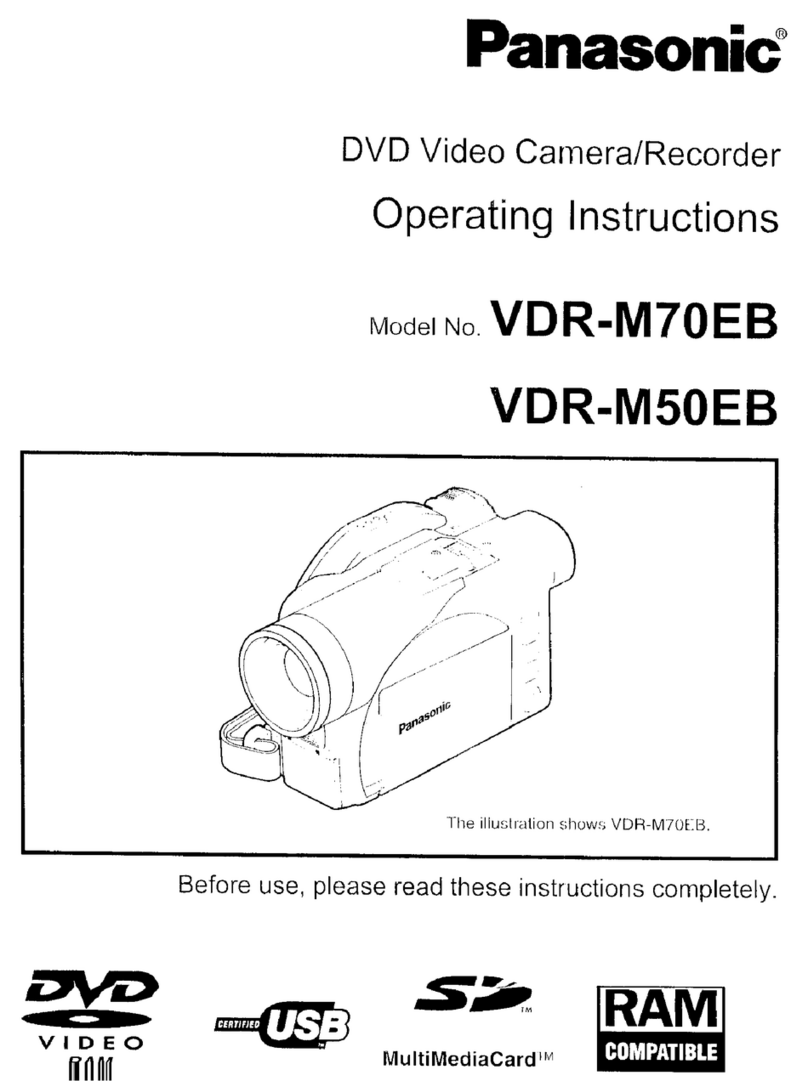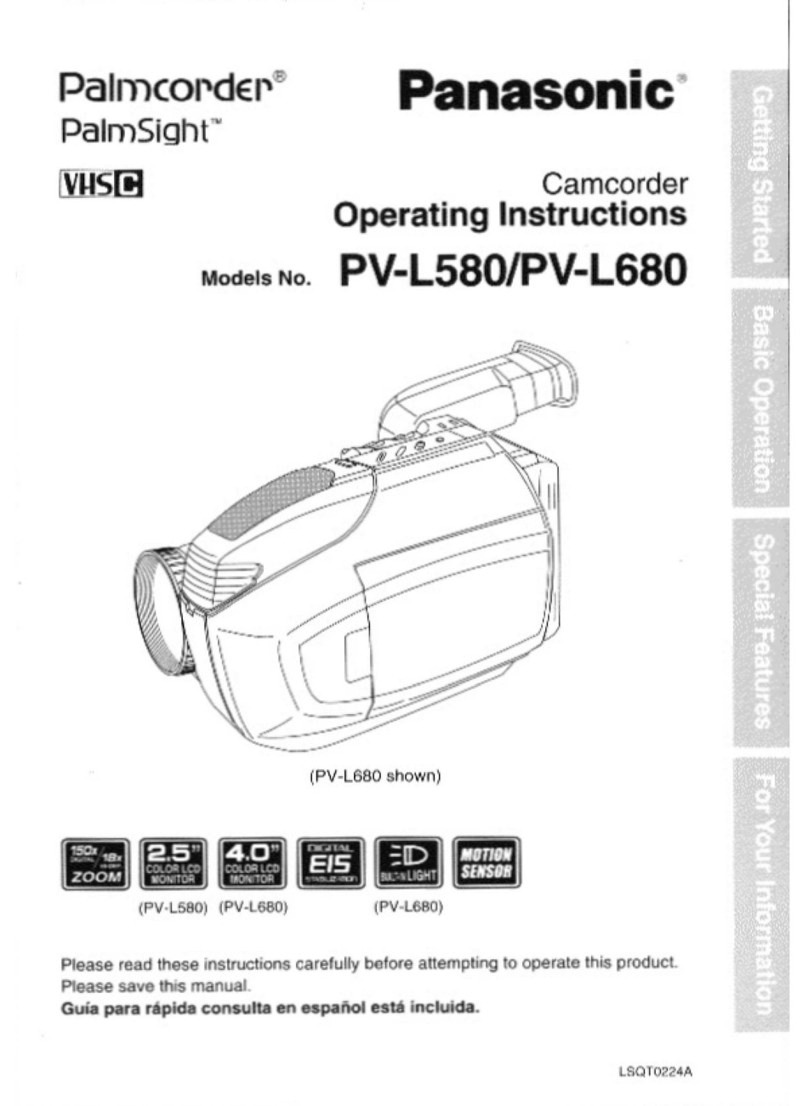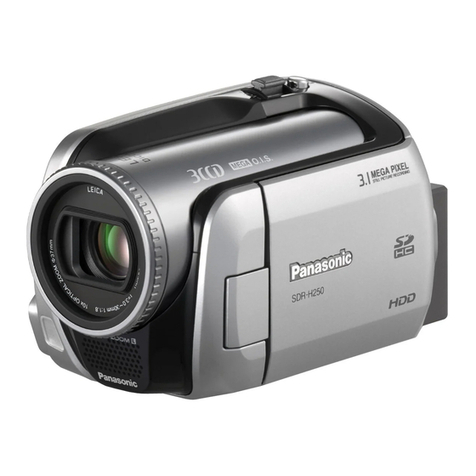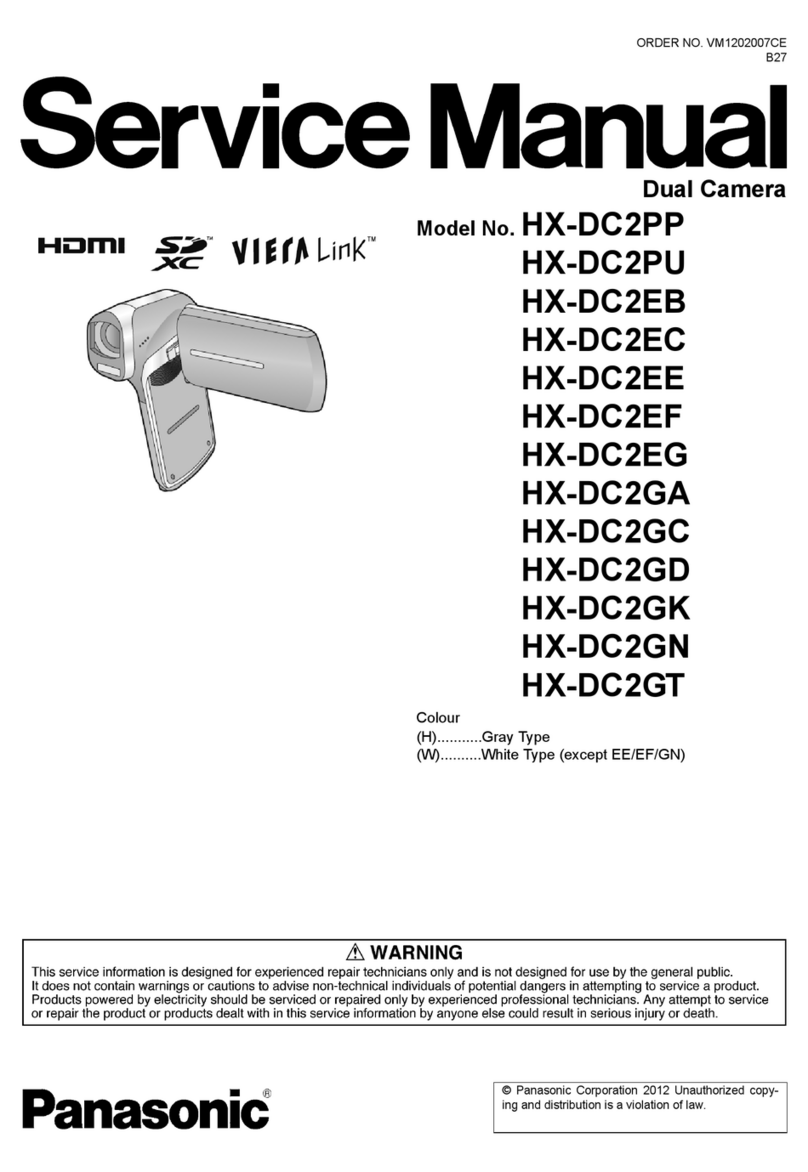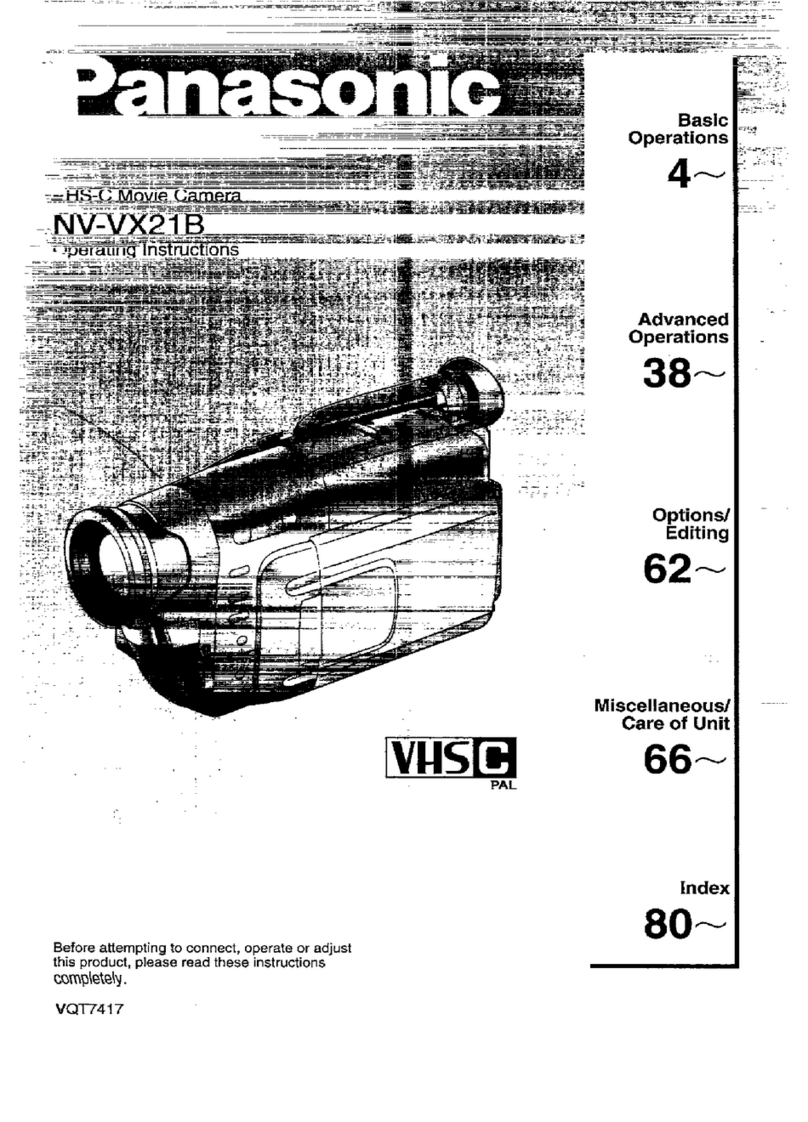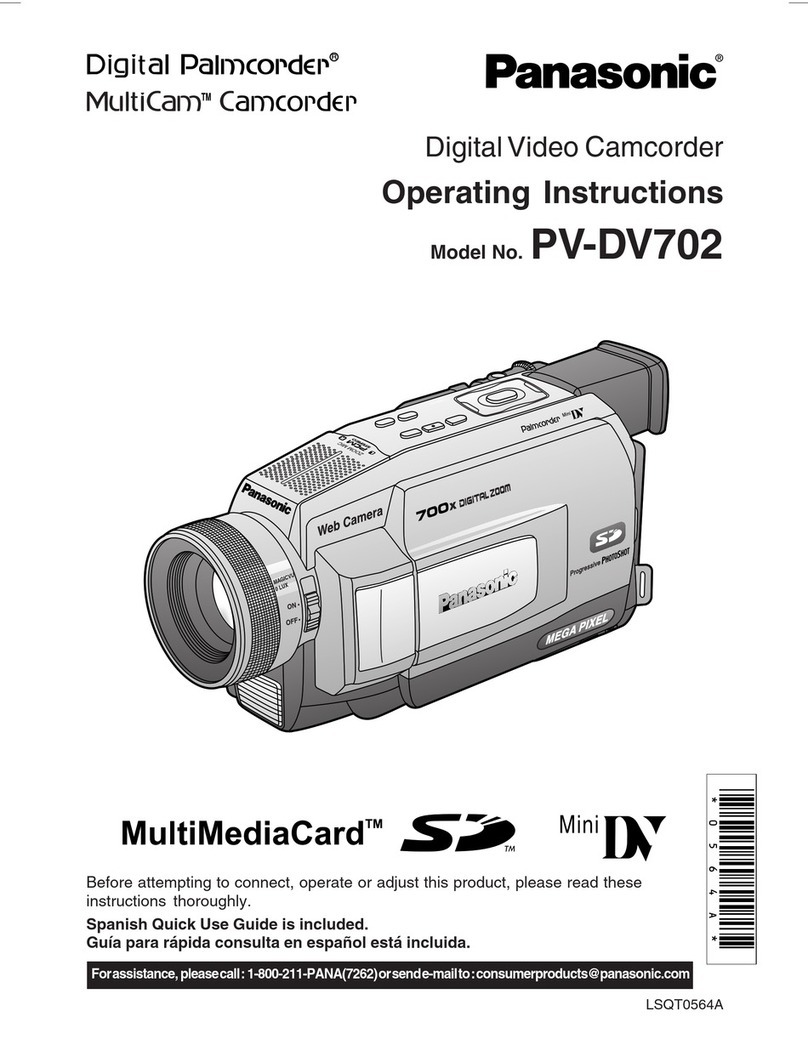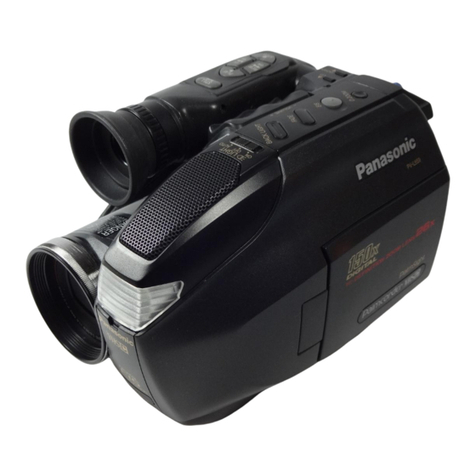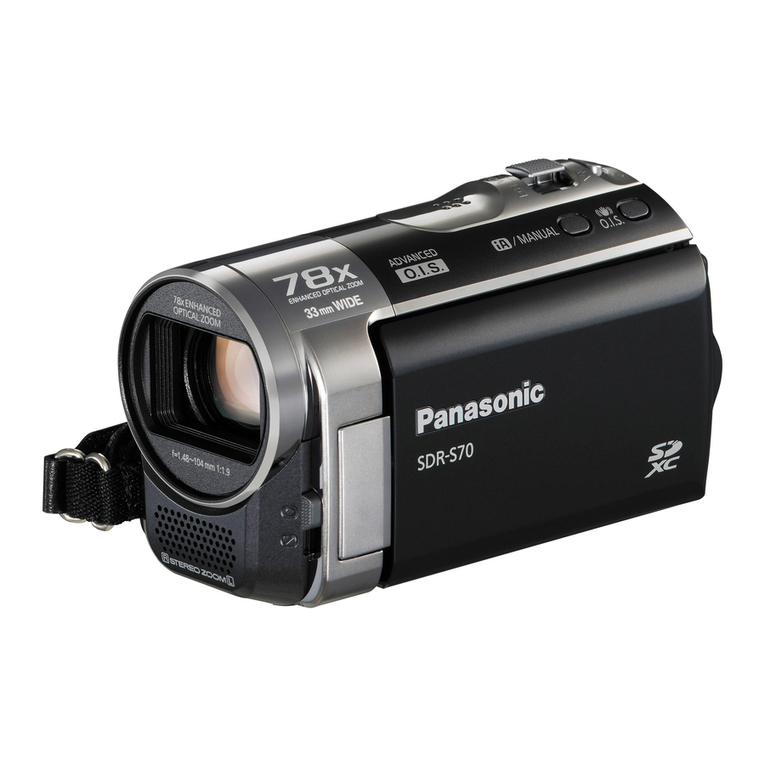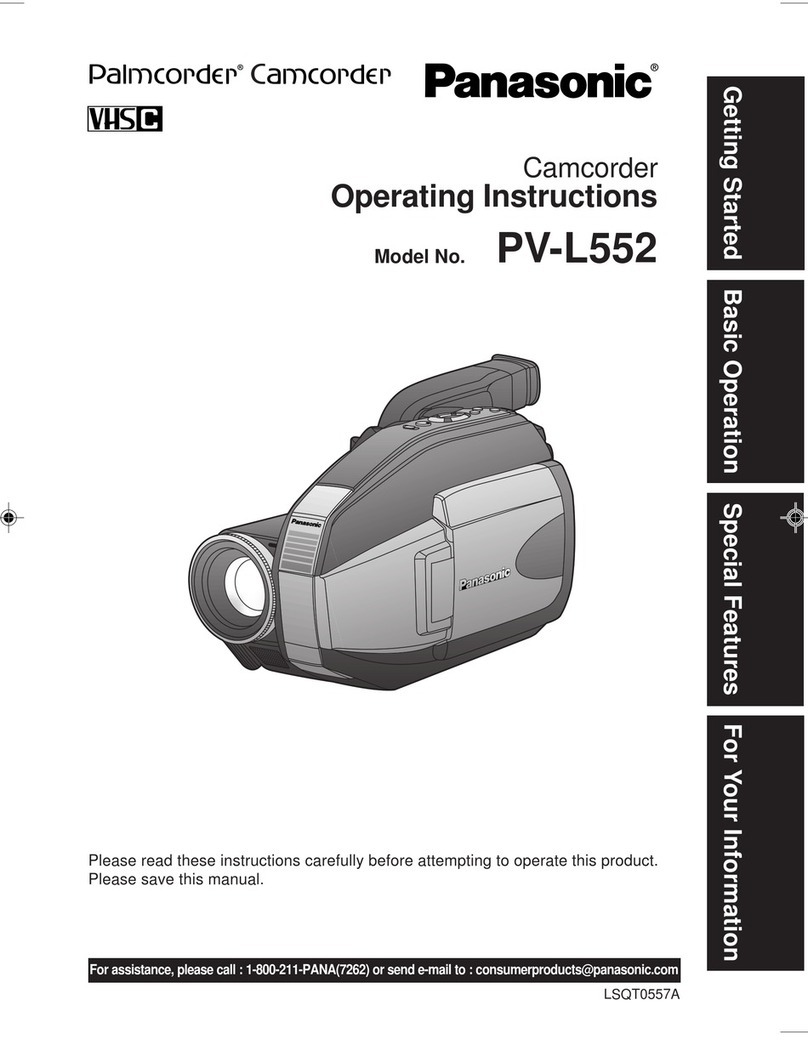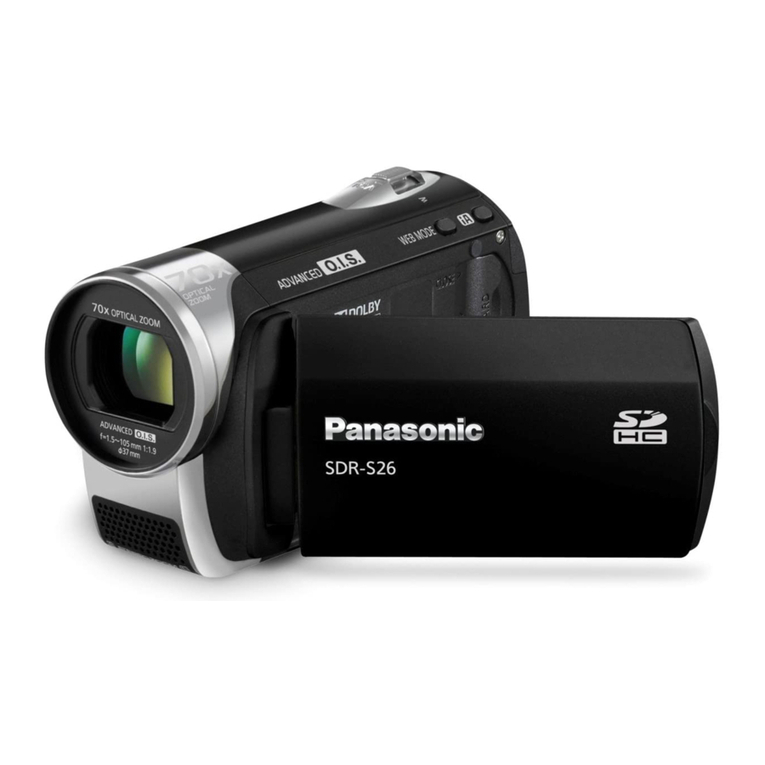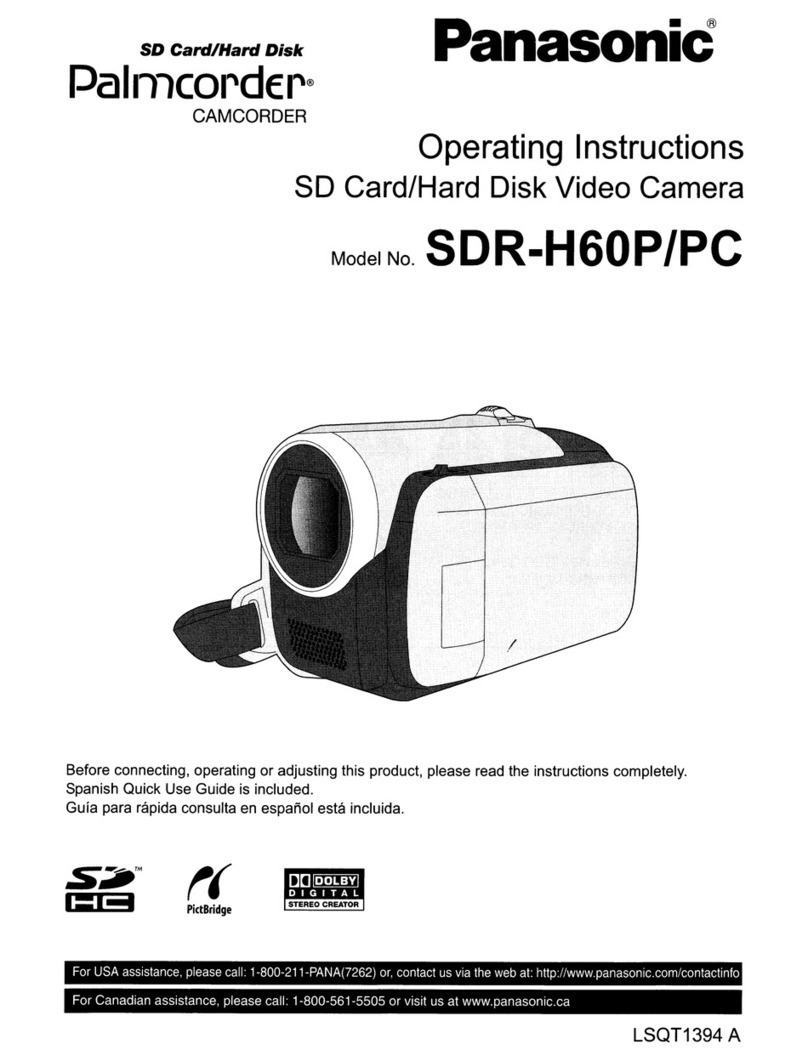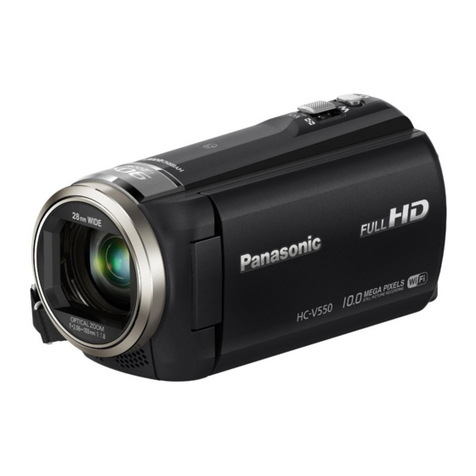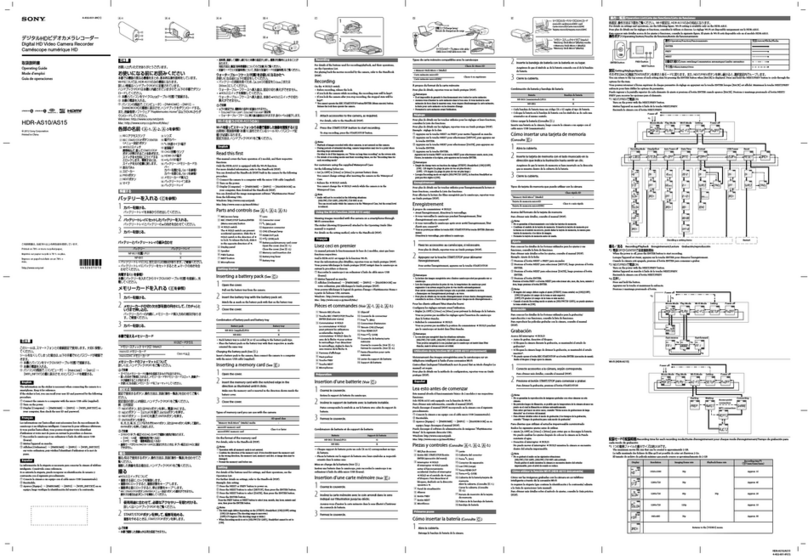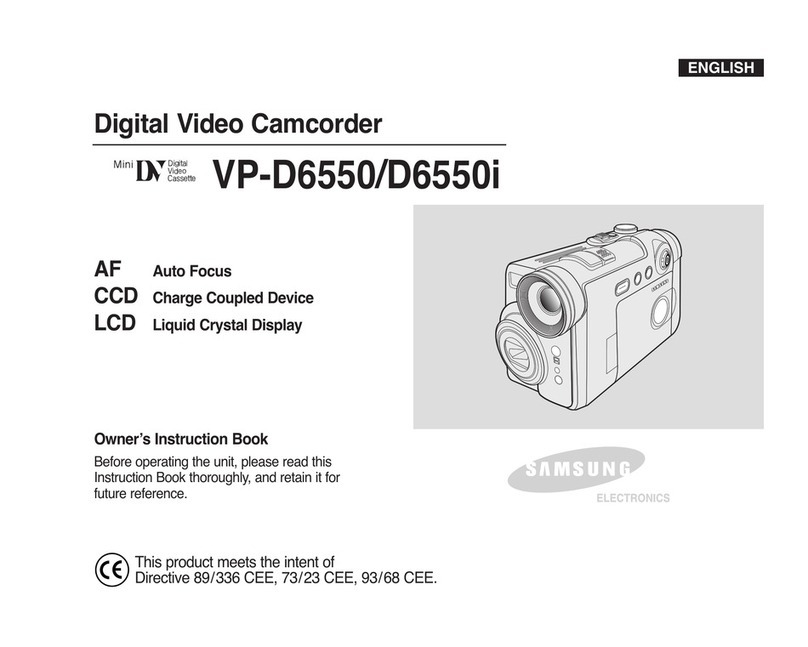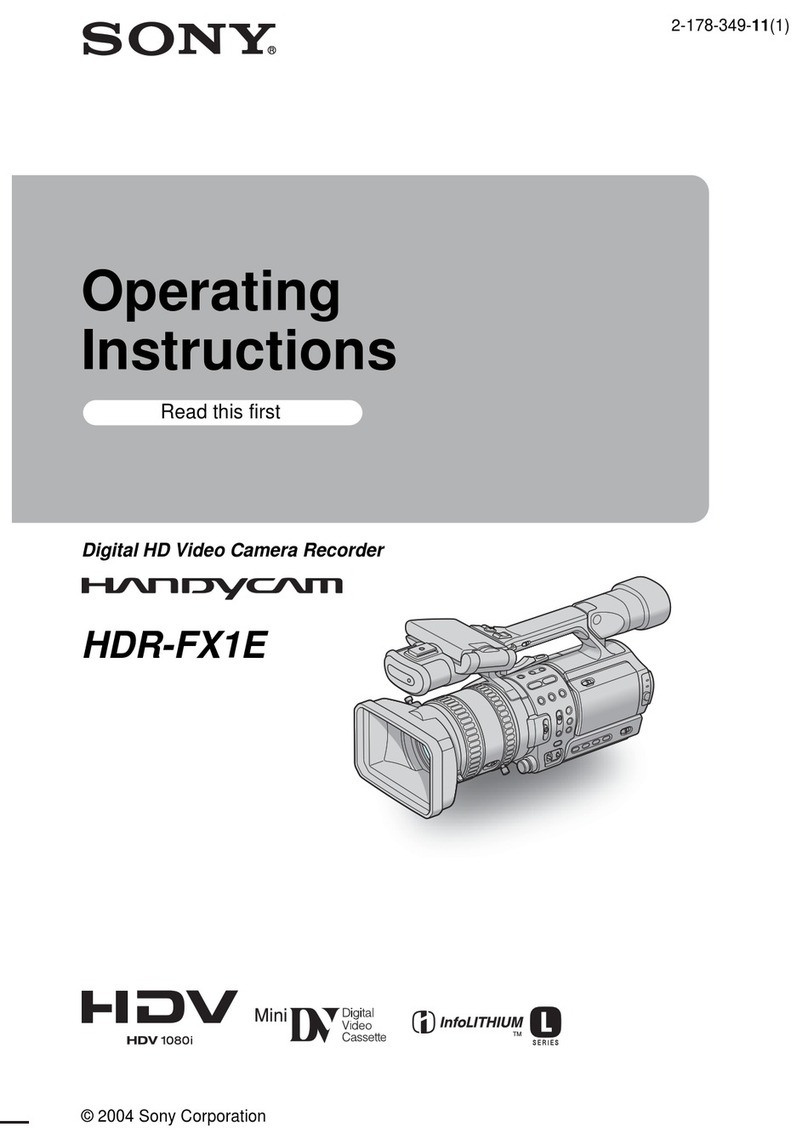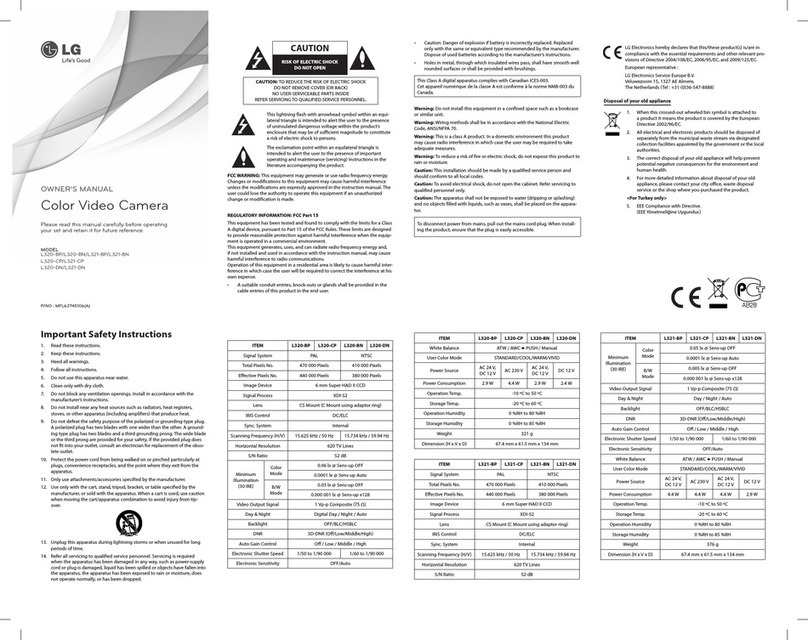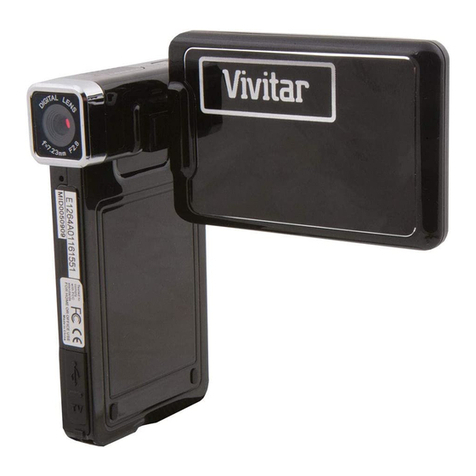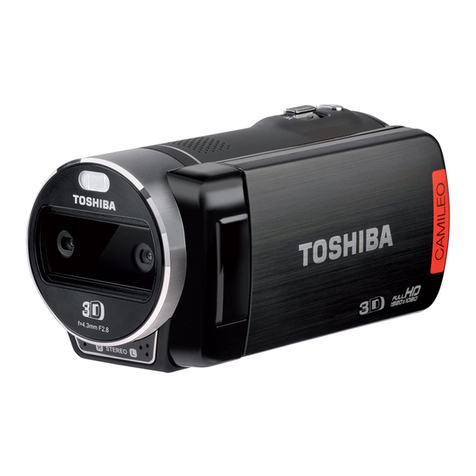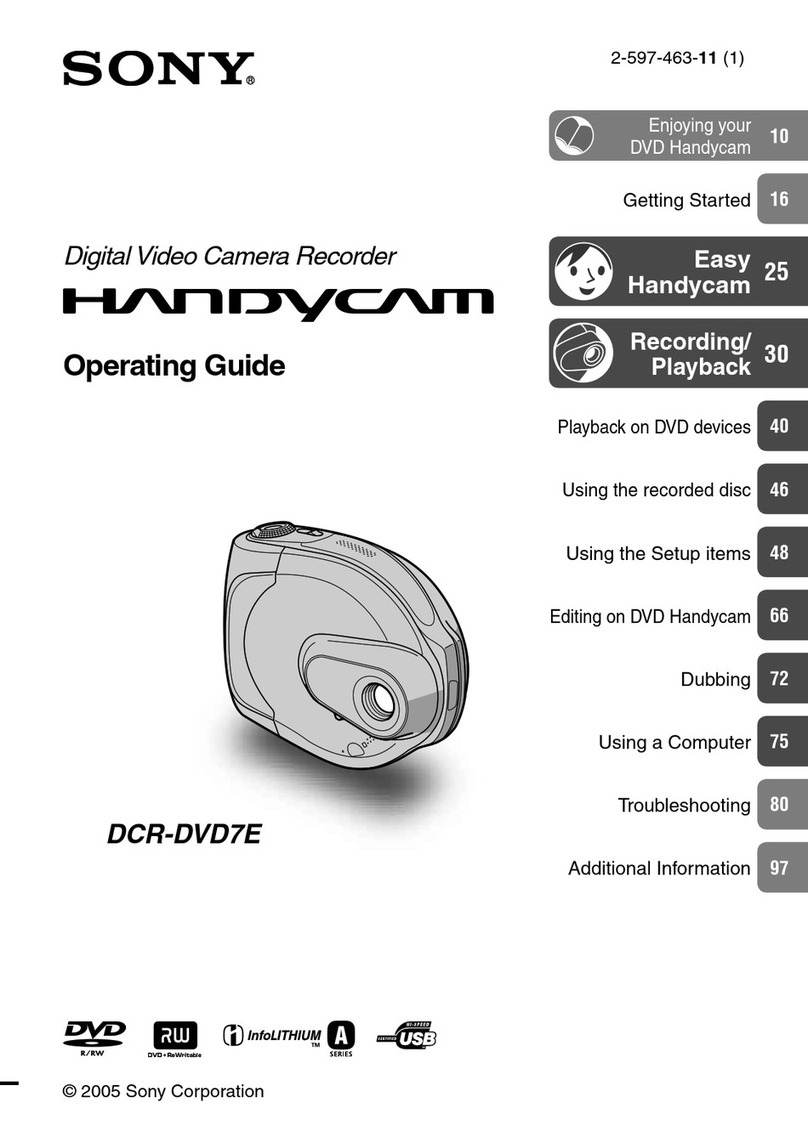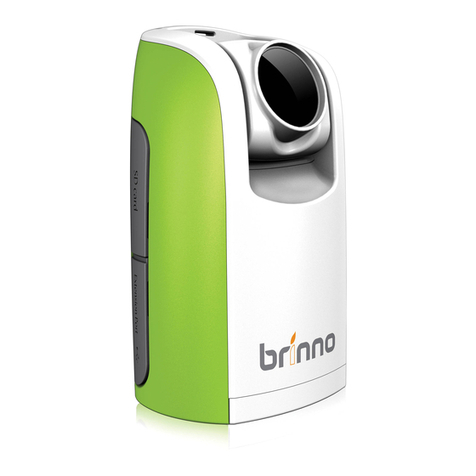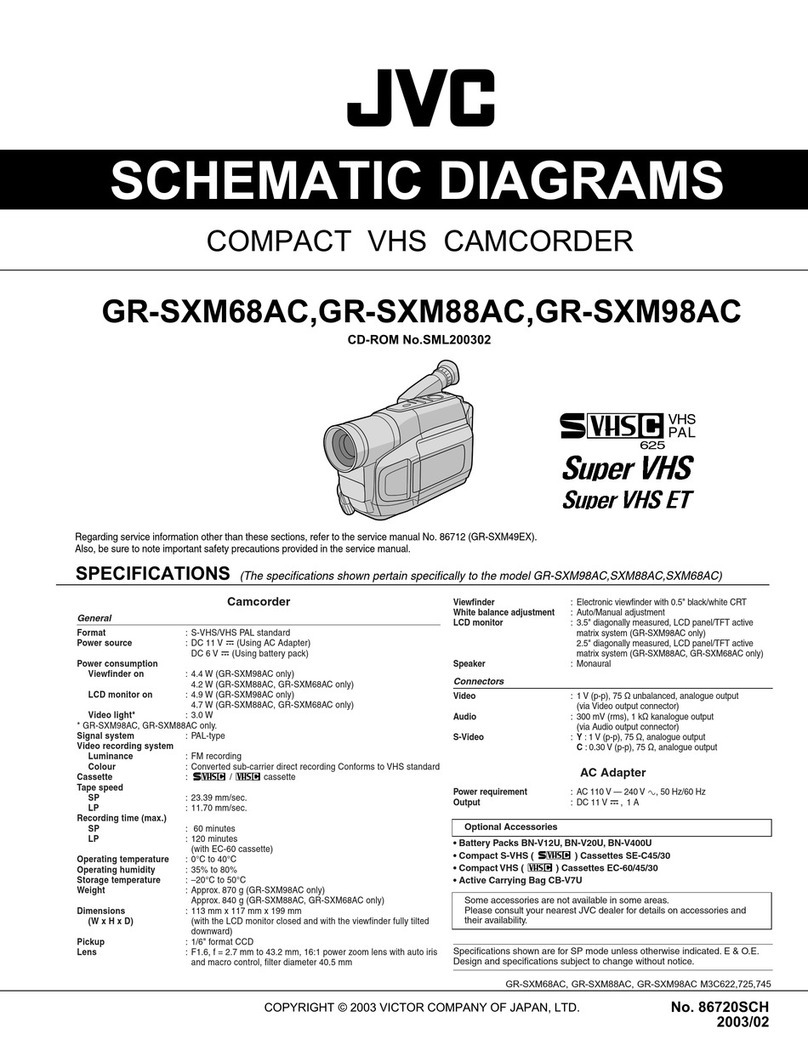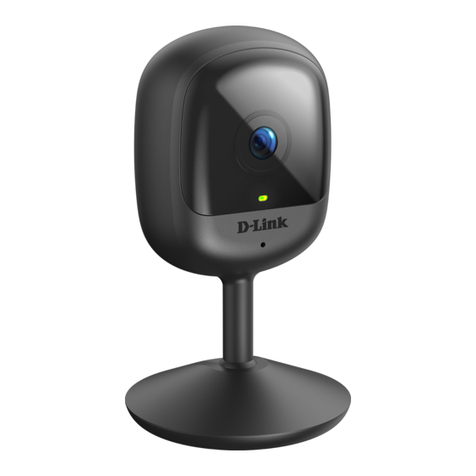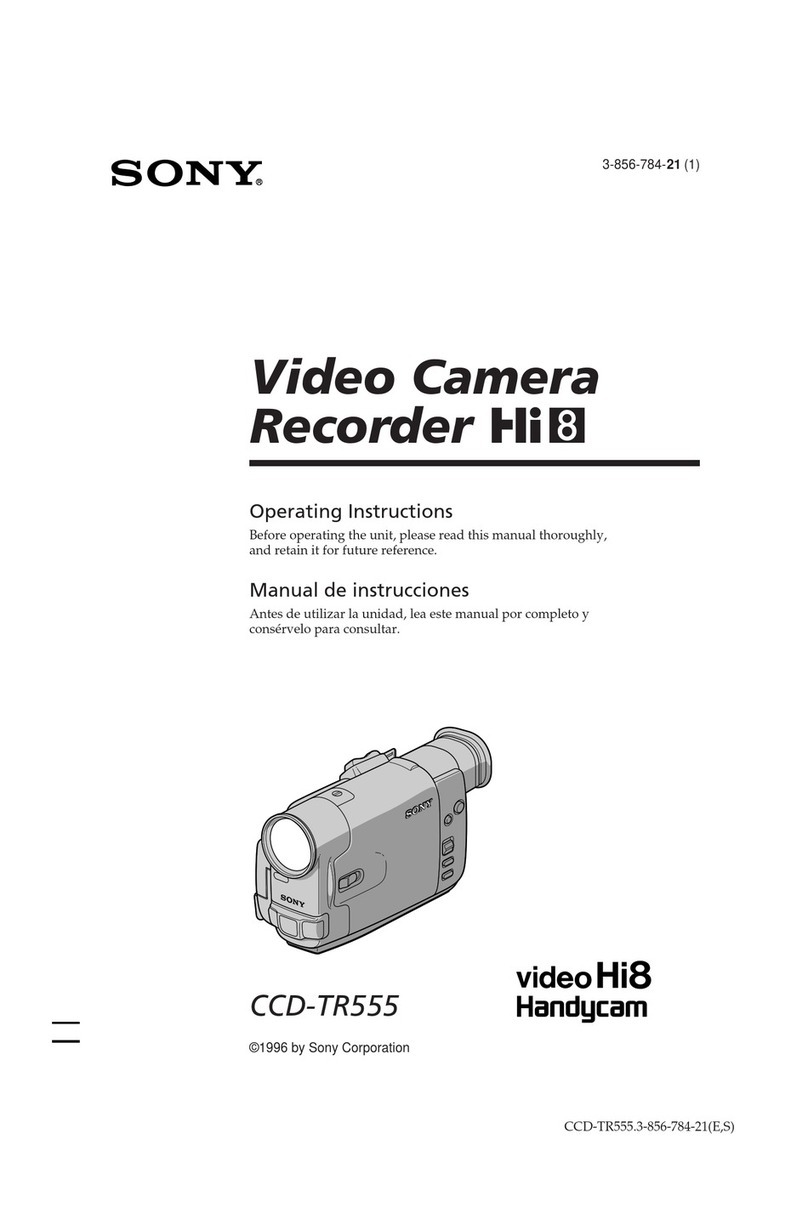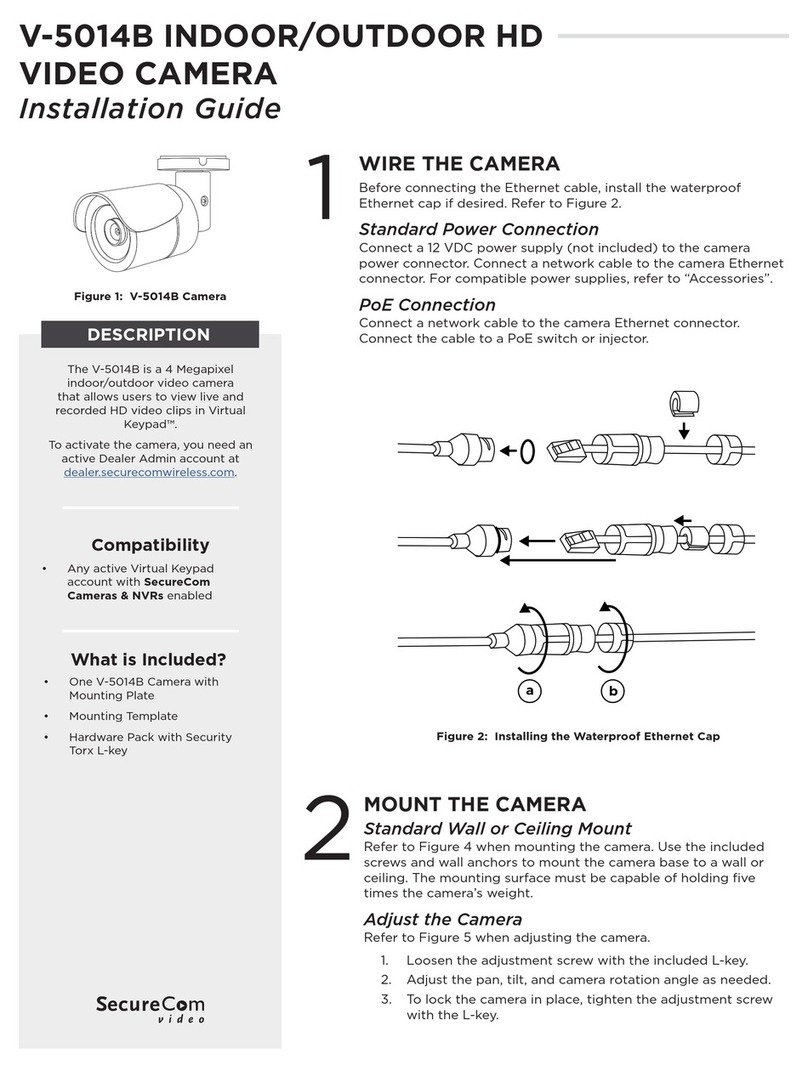1 Safety Precautions
1.1 General Guidelines
1. IMPORTANT SAFETY NOTICE
There are special components used in this equipment which are important for safety. These parts are marked
by in the Schematic Diagrams, Circuit Board Layout, Exploded Views and Replacement Parts List. It is
essential that these critical parts should be replaced with manufacturer’s specified parts to prevent X-
RADIATION, shock, fire, or other hazards. Do not modify the original design without permission of
manufacturer.
2. An Isolation Transformer should always be used during the servicing of AC Adaptor whose chassis is not
isolated from the AC power line. Use a transformer of adequate power rating as this protects the technician from
accidents resulting in personal injury from electrical shocks. It will also protect AC Adaptor from being damaged
by accidental shorting that may occur during servicing.
3. When servicing, observe the original lead dress. If a short circuit is found, replace all parts which have been
overheated or damaged by the short circuit.
4. After servicing, see to it that all the protective devices such as insulation barriers, insulation papers shields are
properly installed.
5. After servicing, make the following leakage current checks to prevent the customer from being exposed to
shock hazards.
1.2 Leakage Current Cold Check
1. Unplug the AC cord and connect a jumper between the two prongs on the plug.
2. Measure the resistance value, with an ohmmeter, between the jumpered AC plug and each exposed metallic
cabinet part on the equipment such as screwheads, connectors, control shafts, etc. When the exposed metallic
part has a return path to the chassis, the reading should be between 1 MΩ and 5.2 MΩ. When the exposed
metal does not have a return path to the chassis, the reading must be infinity.
1.3 Leakage Current Hot Check (See Figure. 1)
1. Plug the AC cord directly into the AC outlet. Do not use an isolation transformer for this check.
2. Connect a 1.5 kΩ, 10 W resistor, in parallel with a 0.15 µF capacitor, between each exposed metallic part on the
set and a good earth ground, as shown in Figure. 1.
3. Use an AC voltmeter, with 1 kΩ/V or more sensitivity, to measure the potential across the resistor.
4. Check each exposed metallic part, and measure the voltage at each point.
5. Reverse the AC plug in the AC outlet and repeat each of the above measurements.
6. The potential at any point should not exceed 0.75 V RMS. A leakage current tester (Simpson Model 229 or
equivalent) may be used to make the hot checks, leakage current must not exceed 1/2 mA. In case a
measurement is outside of the limits specified, there is a possibility of a shock hazard, and the equipment
should be repaired and rechecked before it is returned to the customer.
